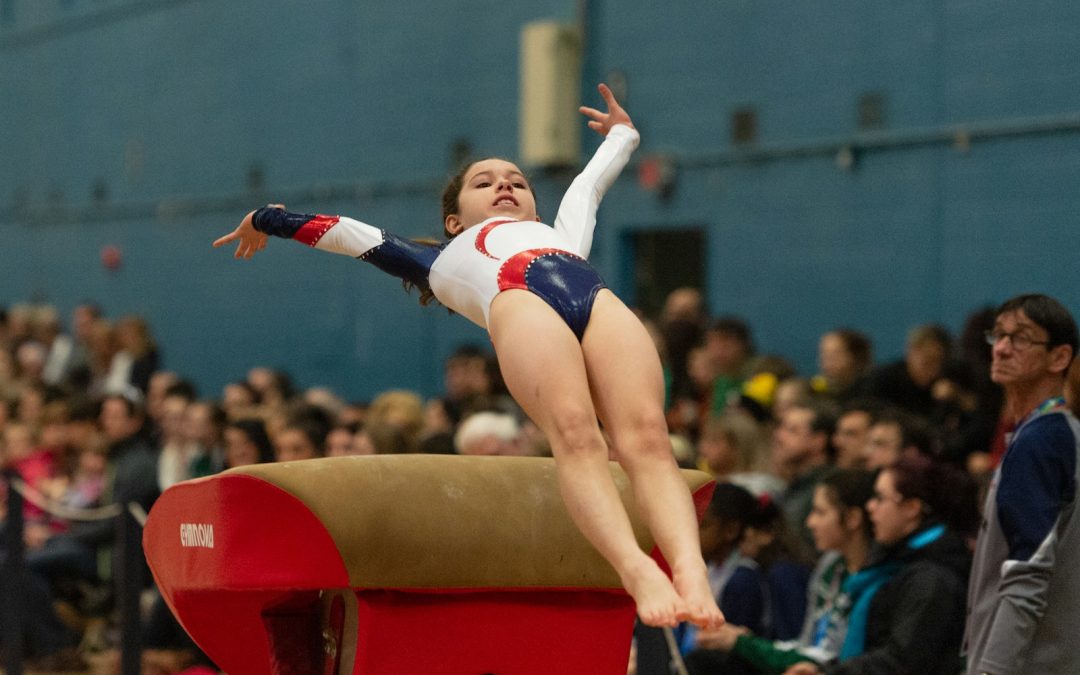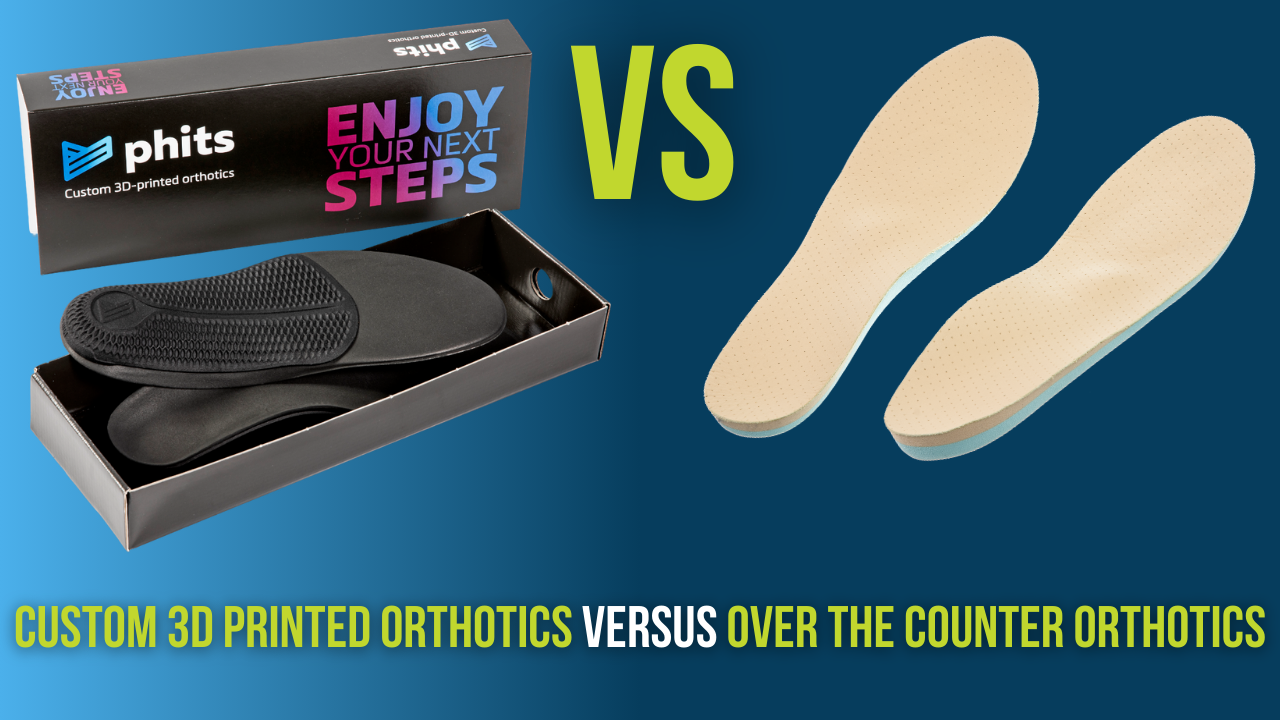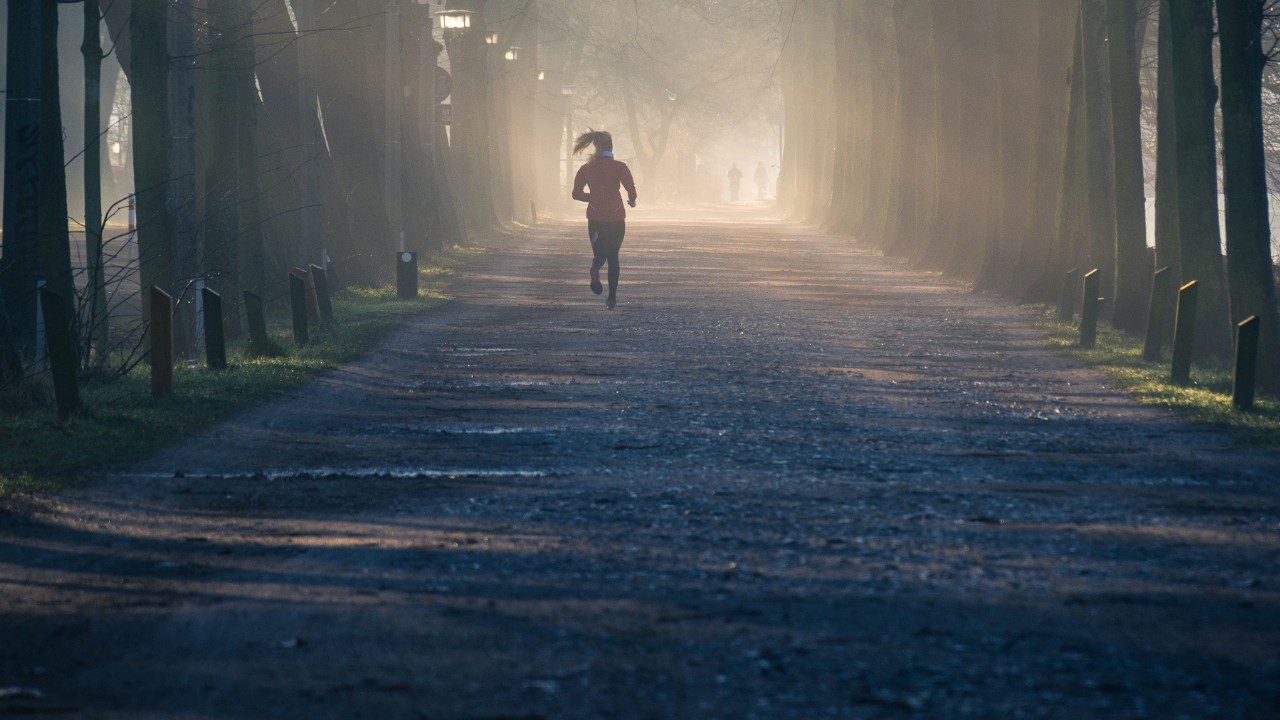Ankle Pain in Gymnasts: 5 reliable steps to avoid injury
Ankle pain in gymnasts is a prevalent and concerning issue, often impacting performance and potentially leading to long-term complications if not properly addressed. Due to the high-impact nature of gymnastics, athletes are particularly vulnerable to ankle injuries.
The 4 main causes of ankle pain in gymnasts
Understanding the causes, prevention strategies, and management techniques is essential for gymnasts, their coaches, and healthcare providers to maintain peak physical condition and minimise the risk of injury. Ankle pain in gymnasts can result from various factors, primarily stemming from the intense physical demands of the sport.

These causes include:
1. Overuse Injuries:
One of the most common causes of ankle pain in gymnasts is overuse. Gymnasts often perform repetitive movements that place continuous stress on their ankle joints. Over time, this can lead to overuse injuries such as tendinitis, where the tendons around the ankle become inflamed due to constant strain.
Stress fractures are another frequent overuse injury in gymnasts, occurring when repetitive impact creates small cracks in the bones, particularly in the lower leg and foot. These injuries are often subtle initially but can worsen without proper rest and treatment.
2. acute injuries
Acute injuries occur suddenly and are typically the result of a specific incident, such as an awkward landing or a misstep during a routine. Ankle sprains are the most common acute injury seen in gymnasts. They occur when the ligaments that support the ankle are overstretched or torn, often due to the foot twisting inward or outward during a landing.
Sprains can vary in severity from mild, involving minor ligament stretching, to severe, where the ligaments are completely torn. Severe sprains may require extensive recovery time and could lead to chronic ankle instability if not properly rehabilitated.
3. fractures & Dislocations
Although less common than sprains, fractures and dislocations can occur during gymnastics routines that involve high-impact landings or complex manoeuvres. A fracture in the ankle or foot can be extremely painful and usually requires immediate medical attention, often involving immobilisation or surgery.
Dislocations, where the bones in the ankle joint are forced out of their normal positions, are particularly serious injuries that can cause significant damage to the surrounding tissues and may require surgical intervention to repair. These are quite severe causes of ankle pain in gymnasts.

5. biomechanical Factors
Poor biomechanics, such as improper alignment or movement patterns during routines, can also contribute to ankle pain in gymnasts. For example, if a gymnast has a tendency to land with their feet turned in or out, it can place additional strain on the ankle joint, increasing the risk of injury over time.
5 strategies to Prevent Ankle Pain in Gymnasts
Preventing ankle pain in gymnasts involves a comprehensive approach that includes proper training techniques, physical conditioning, and equipment use. Some of the key strategies include;
1. strengthening exercises
Strengthening the muscles and ligaments around the ankle is crucial for preventing injuries. Gymnasts should incorporate exercises that target the lower leg, such as calf raises, ankle circles, and resistance band exercises. These exercises can improve the stability of the ankle joint, making it more resilient to the stresses of gymnastics routines.
Additionally, core strengthening is important as a strong core helps in maintaining balance and proper body alignment, reducing the strain on the ankles during landings and other movements.
2. proper warm-up routines
A thorough warm-up is essential before engaging in gymnastics practice or competition. A good warm-up routine should include dynamic stretching, mobility exercises, and light aerobic activity to increase blood flow to the muscles and prepare the body for intense physical activity.
Dynamic stretching, such as leg swings and lunges, helps to improve flexibility and range of motion in the ankle joint, reducing ankle pain in gymnasts and the likelihood of injury.
3. flexibility training
Maintaining flexibility in the ankle joint and surrounding muscles can help prevent injuries. Gymnasts should regularly perform stretching exercises that focus on the calves, Achilles tendon, and the muscles of the foot. Yoga and Pilates can be beneficial in improving overall flexibility and strength, providing a balanced approach to injury prevention.

4. footwear & equipment
Wearing appropriate footwear that provides adequate support and cushioning is vital for preventing ankle injuries. Gymnasts should ensure their shoes fit well and offer good arch support, which helps distribute impact forces more evenly across the foot and ankle. Additionally, the use of ankle braces or taping during training and competition can offer extra support and reduce the risk of sprains and other injuries. These protective measures are particularly important during high-risk activities, such as tumbling or vaulting.
Alongside considering correct footwear for optimal support, custom orthotics may sometimes be necessary in some instances where gymnasts may have flat feet or high arches, or are experiencing foot or heel pain.
5. technique & Form
Proper technique and form are critical in minimising the risk of ankle pain in gymnasts. Coaches should emphasise the importance of correct landing techniques, ensuring that gymnasts land with their feet parallel and their knees slightly bent to absorb the impact. Regular coaching on technique can help gymnasts develop safe habits that reduce the strain on their ankles during routines. By addressing such a vital part of this sport, the risk of pain through injury is great reduced.
managment of ankle pain in gymnasts
Managing ankle pain in gymnasts is crucial to prevent further injury and ensure a full recovery. Effective management strategies include:
1. RICE Method
The RICE (Rest, Ice, Compression, Elevation) method is the initial approach for managing acute ankle injuries such as sprains or strains. Resting the injured ankle allows the tissues to heal without additional strain, while applying ice can reduce swelling and numb the pain.
Compression, typically with an elastic bandage, helps limit swelling and provides support to the injured area. Elevating the ankle above heart level also reduces swelling by encouraging fluid drainage away from the injured site and will help to reduce ankle pain in gymnasts.

2. physical therapy
For more severe or persistent ankle pain, physical therapy is often necessary. A physical therapist can not only assess and diagnose the cause of the ankle pain but can develop a rehabilitation programme tailored to the specific needs of the gymnast. This programme might include strengthening exercises, balance training, and manual therapy to restore full function to the ankle.
Modalities such as ultrasound or electrical stimulation are sometimes used to reduce pain and inflammation. Rehabilitation should be progressive, with a focus on gradually returning the gymnast to their previous level of activity without risking re-injury.
3. prescribed medications
Over-the-counter pain relievers such as ibuprofen or paracetamol can help manage pain and reduce inflammation. In cases of severe pain, a healthcare provider may prescribe stronger medications or recommend corticosteroid injections to manage inflammation. However, it is important to use these medications under medical supervision to avoid side effects or complications.
4. surgical intervention
In cases where conservative treatments fail or the injury is particularly severe, surgical intervention may be required. Surgery might be necessary to repair torn ligaments, fix fractures, or correct dislocations. Post-surgery, a structured rehabilitation programme is essential to regain full strength and mobility in the ankle. Surgery is typically considered a last resort, but it can be crucial for returning the gymnast to full function when other treatments are not effective
5. Psychological support
Recovering from an ankle injury can be mentally challenging for gymnasts, especially if the injury sidelines them from competition. Providing psychological support, whether through counselling or support groups, can help athletes cope with the emotional aspects of injury and recovery. Encouraging a positive mindset and setting realistic recovery goals can be instrumental in a successful return to gymnastics.
conclusion on addressing ankle pain in gymnasts
Ankle pain in gymnasts is a serious concern that requires a proactive approach to prevent injuries and ensure effective management when they do occur. By understanding the common causes of ankle pain, implementing comprehensive prevention strategies, and utilising appropriate management techniques, gymnasts can reduce their risk of injury and maintain their competitive edge.
The importance of addressing ankle pain in gymnasts cannot be overstated. Proper care and attention to this common issue will not only help gymnasts perform at their best but also contribute to their long-term health and well-being. Coaches, gymnasts, and healthcare providers must work together to create a safe and supportive environment that prioritises injury prevention and effective rehabilitation, allowing gymnasts to pursue their passion with confidence and resilience.
If you wish to seek further help or speak to a practitioner about any of the above, call us on 0800 731 2738 or book online here.
You can also view all the services we provide within our clinics on our website, as well as checking out our other blogs and content.
For more free tips and information, make sure to follow our Facebook and Instagram pages. We also post client stories, so you can see how we’ve helped people get back to doing the things they enjoy!



